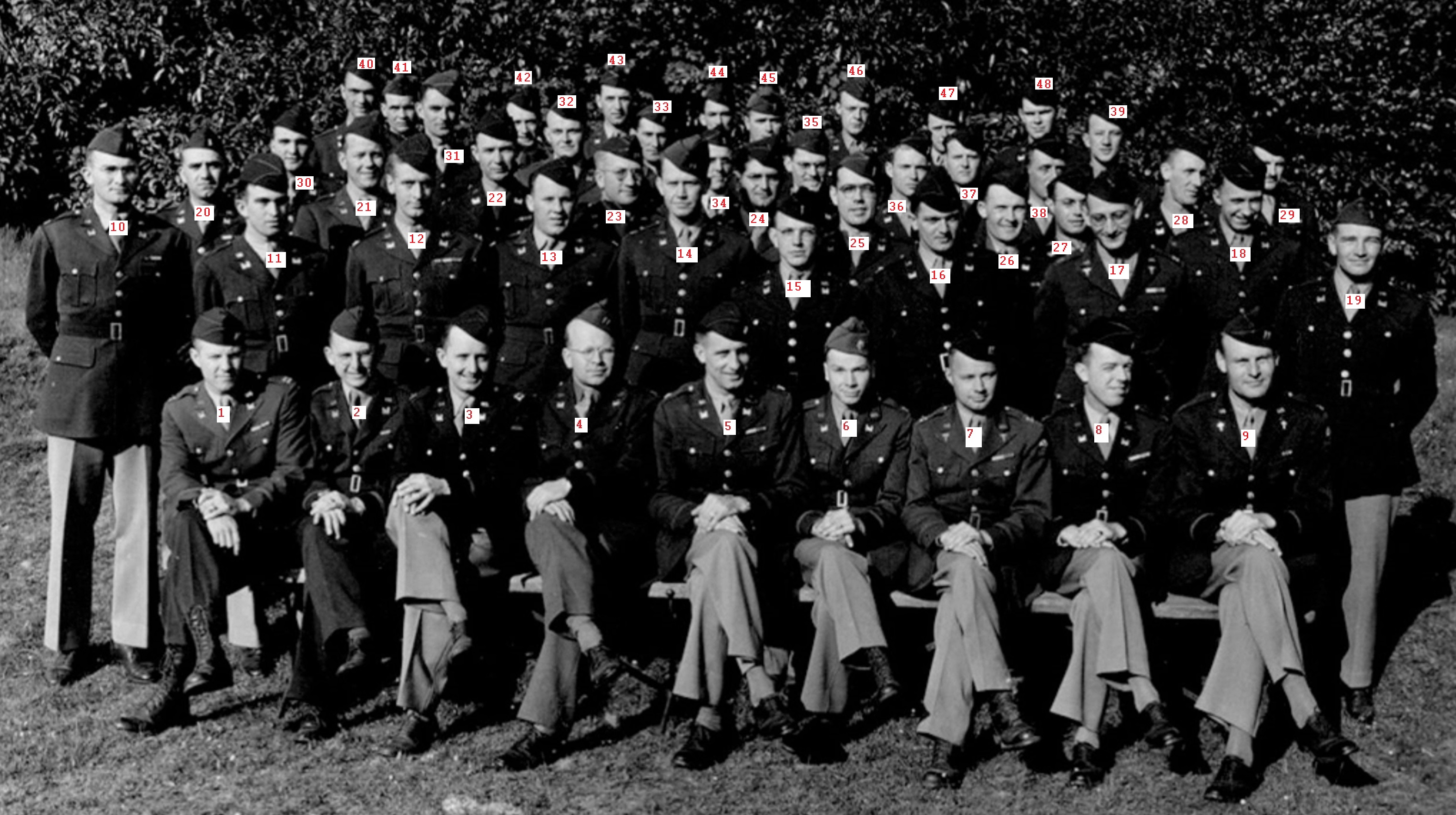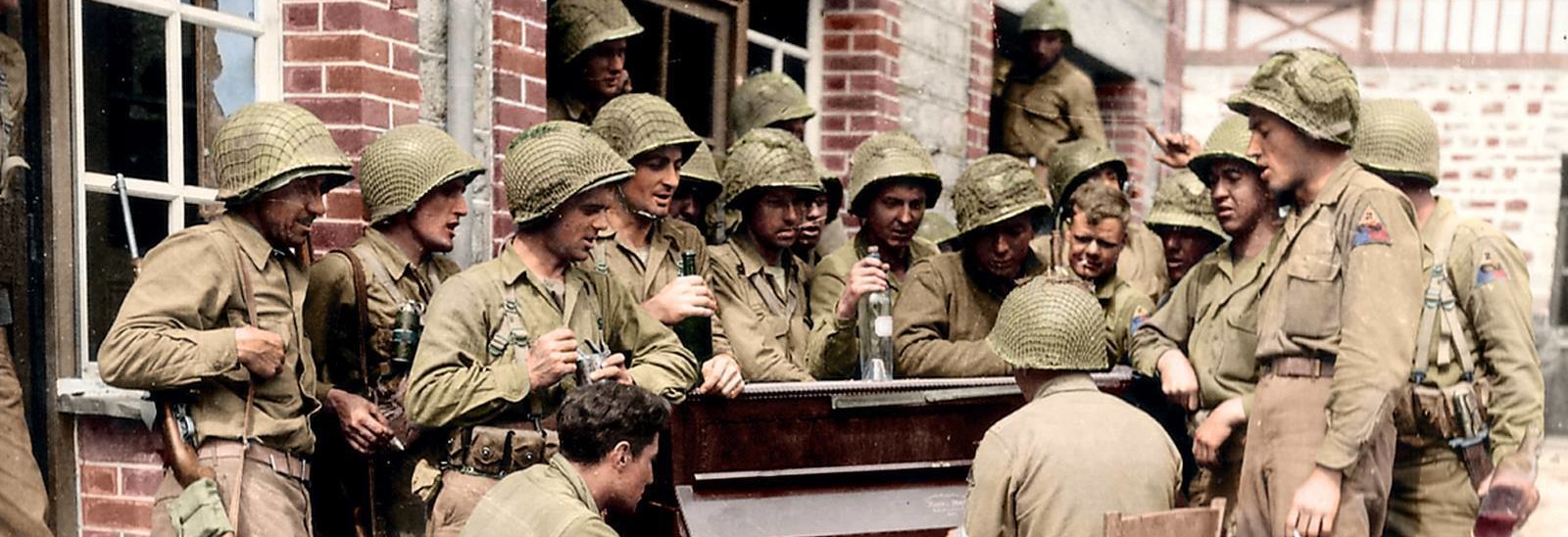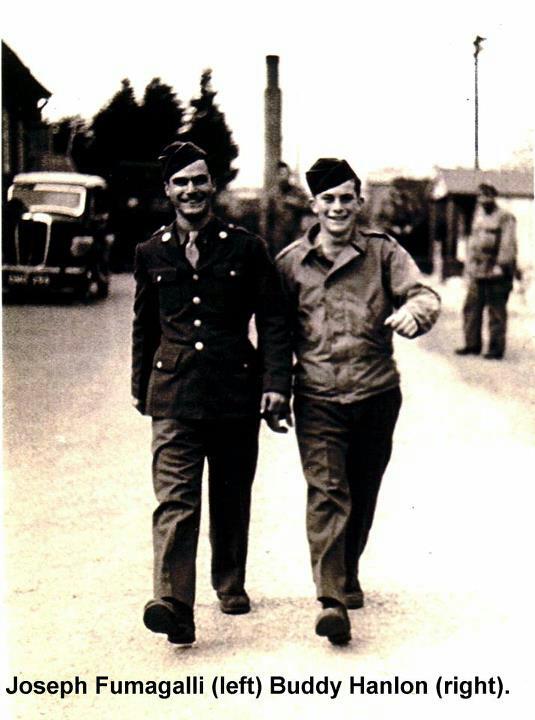Updated: “06-2021“: Wedding 17th Engineer officer LT Angelo Albano & LT Corable L Abshire, at Tidworth Barrack
This battalion arrived in the ETO in two separate groups as follows: Bn Hq and A and B Cos reinforced proceeding from Palermo, Sicily, disembarked at Bristol, England 25 Nov 1943, and continued by rail transportation to Tidworth Barracks, England, arriving there on 26 Nov 1943. Hq & Hq Co, C,D,E, Co’s and Medical Detachment proceeding from Oran, Algeria, disembarked at Liverpool, England 28 Nov. 1943 and continued by rail transportation to join the forward elements of the Battalion, at Tidworth Barracks, England the same day.
The entire Second Armored Division was stationed at Tidworth Barracks and this Bn was quartered in the Jellalabad block of the Barracks, sharing the Jellalabad 0fficers Quarters with Officers from the 82nd Armd Rcn. Battalion and Co C of the 48th Armd Med. Bn. The quarters though crowded and of ancient design were clean and furnished to include placed fires in the open fire places. These permanent quarters were most welcomed by all as it was the first time the majority had slept in barracks since leaving Fort Benning, Georgia 1 July 1942. The Latrine and messing facilities were inadequate due the fact that they are forced to accommodate the number of men for which they were designed. Companies had to combine their messes and lengthen the feeding time. After repeated inspections and numerous fatigue details the men often pined for the ”Good Old Days” in the field.
This Bn was made responsible for the maintenance of the Utilities of the entire Barracks, which was quite a headache due to the existing plumbing, odd voltage lighting system, and black out restrictions, also the fact that all materials had requisitioned through the British. This detail was ably cared by Lt. Cline, T-Sgt Berry and a permanent detail of about ten enlisted men. Additional details were drawn from the Bn and this finally resulted in rotating companies weekly and letting an entire company devote its fin time to road maintenance and odd construction details.
The Civilian population in England ranged from indifferent to most cordial; The recreation facilities at the Barracks while crowded were varied and well attended. The Tidworth House Red Cross was the most popular. Trucks carried men daily to the nearby towns such as Andover and Salisbury where they could spent the evenings from 1600 to 2230. During the period 15 Dec. 1943 to 1 May 1944 up to 7% of the officers and men at one time were granted 8 day furloughs enabling them to visit varied places in the UK. 48 hour passes were also given. Hospitality trips to civilian homes for Sunday tea were available post weekends. At the end of their stay in England most men knew as much about London as they did New York.
Due to the change in climate and living conditions a large percent of the command suffered from bronchial troubles soon after arriving in England. Also recurrent Malaria caused much lost time throughout the entire period.
Some highlights during this period were the visit and speech of General Montgomery all the personnel, the speech of General Bradley to all the Officers, and the inspection trip of Mr. Churchill, General Eisenhower, and General Bradley.
During the period 28 November to 10 December 1943 the Battalion reorganized, re-equipped, performed maintenance of vehicles, clothing and equipment, did physical training and usual duties of an Engineer Battalion in garrison. Most of the Vehicles with the exception of 2½ ton trucks and special Engineer Vehicles were already in Tidworth on the Battalion’s arrival. Engineer and other equipment was stocked in the various depots earmarked for this unit and it was only necessary to secure the release of these items and the transportation to deliver them in order to fully equip the unit, Through the efforts of Lt, Col. Rogers, Capt. Rarick and Capt.Hall this was accomplished in a very short time. There was a considerable delay in the arrival of the Brockway bridge trucks that had been shipped from Sicily as they went by way of Italy, then were dumped off again in North Africa for a long period before arriving in England by way of Ireland. The Bn in the meantime drew replacements for these Brockway trucks and though Col. Rogers put up quite a struggle to keep the replacement trucks it was finally necessary to return them all. The Bn was entirely re—equipped in England with the exception of the Brockway trucks, kitchen and office equipment.
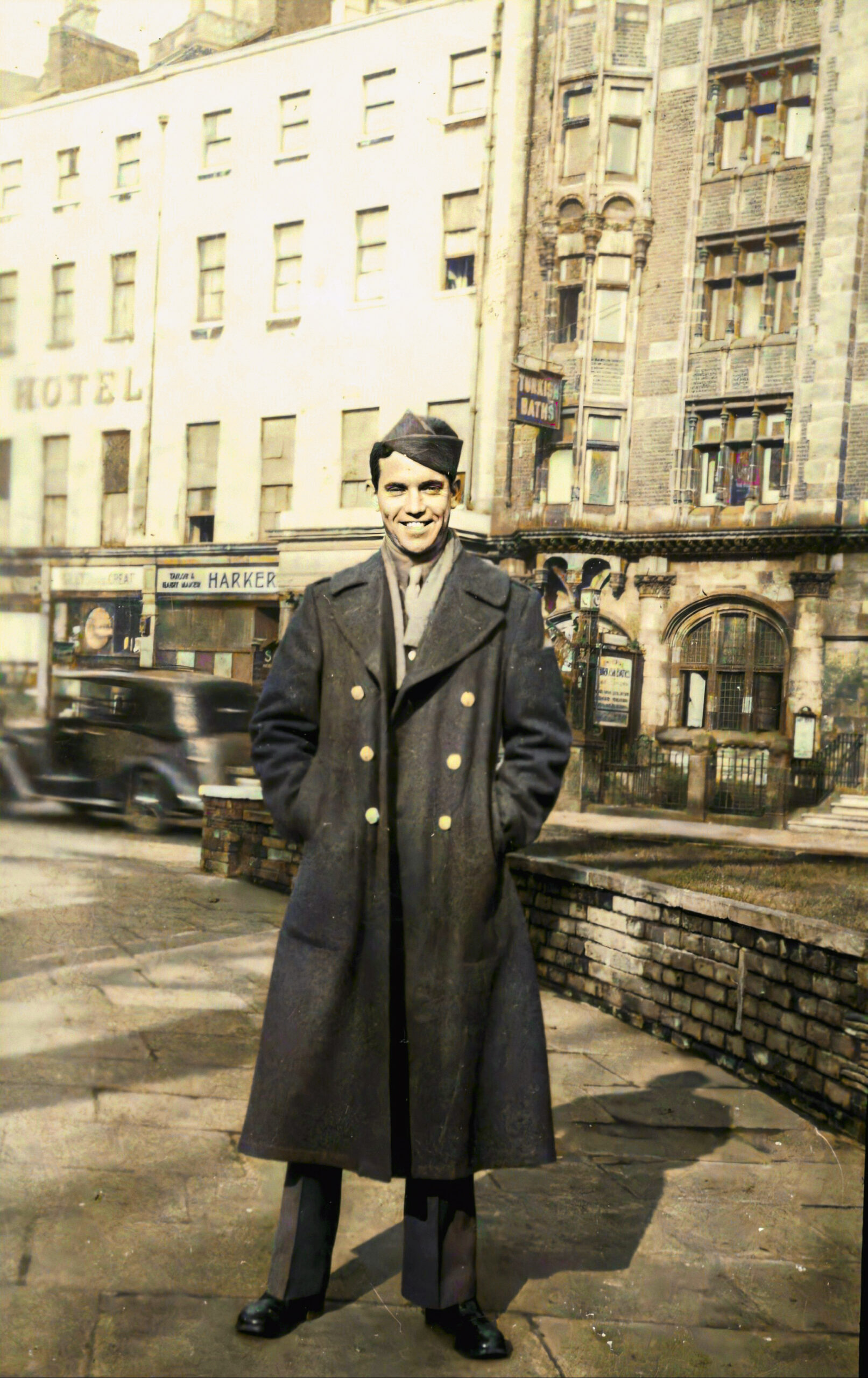
During the period 10 December 1943 to 6 Febuary 1944 the Bn conducted extensive training in fixed and floating bailey bridges, tread way bridges, and foot bridges on the Thames River at Hallingfor and with the heavy Pontoon bridge at Stroud. This was accomplished by sending one company at a time to these sites for a period of four to seven days where they constructed each type bridge once in the daylight and thereafter at night under very difficult weather and terrain conditions. The company’s remaining in bivouac conducted training on dry land with the special Bailey and fixed Timber Bridge sets procured from Army in addition to the regular garrison type training.
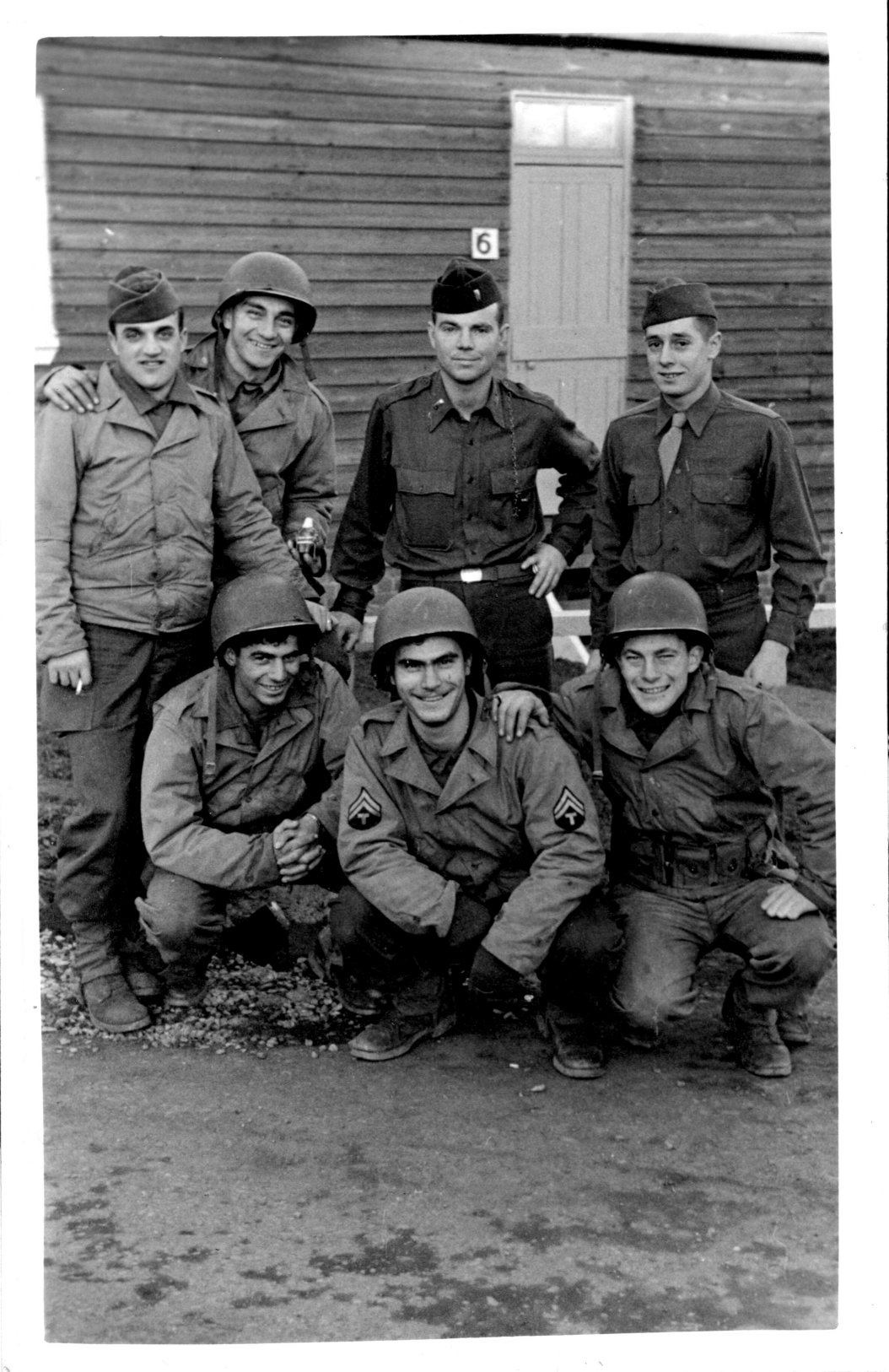
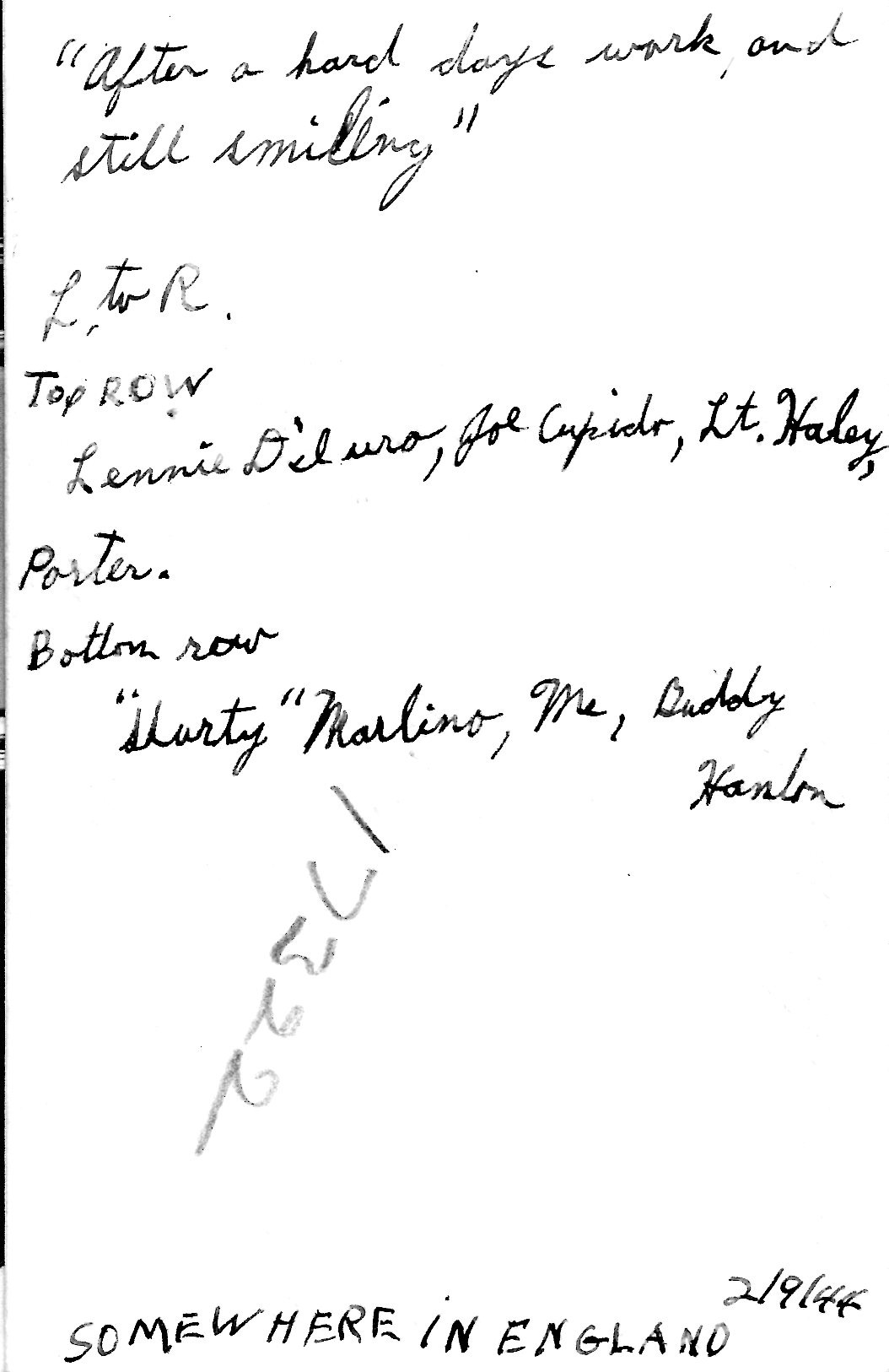
L.to R.
Top Row
Lennie Diluro, Joe Cupido, Lt Haley,
Porter.
Bottom row
“Marty Marlino, Me, Buddy Hanlon
SOMEWHERE IN ENGLAND 2/9/44(Piera Fumagalli)
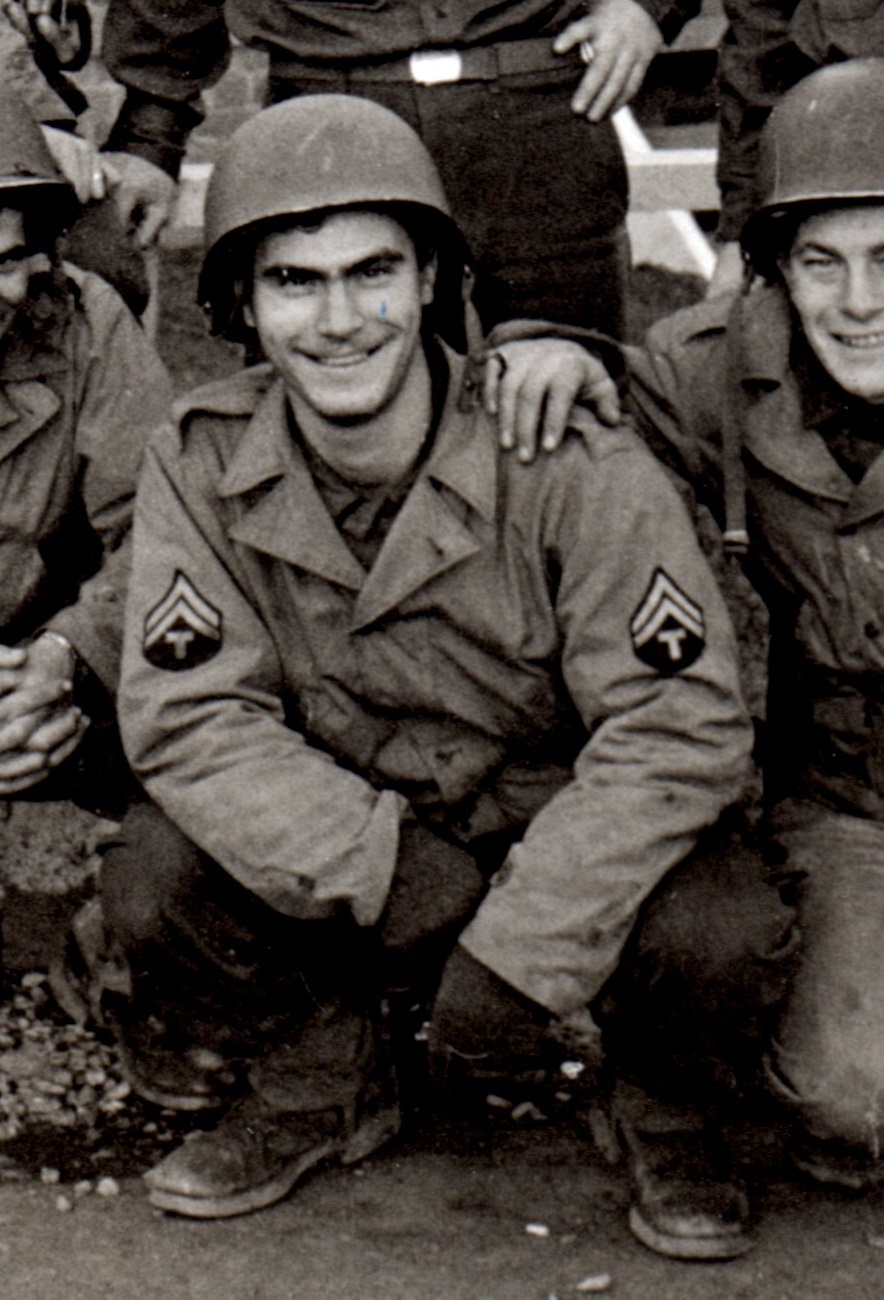
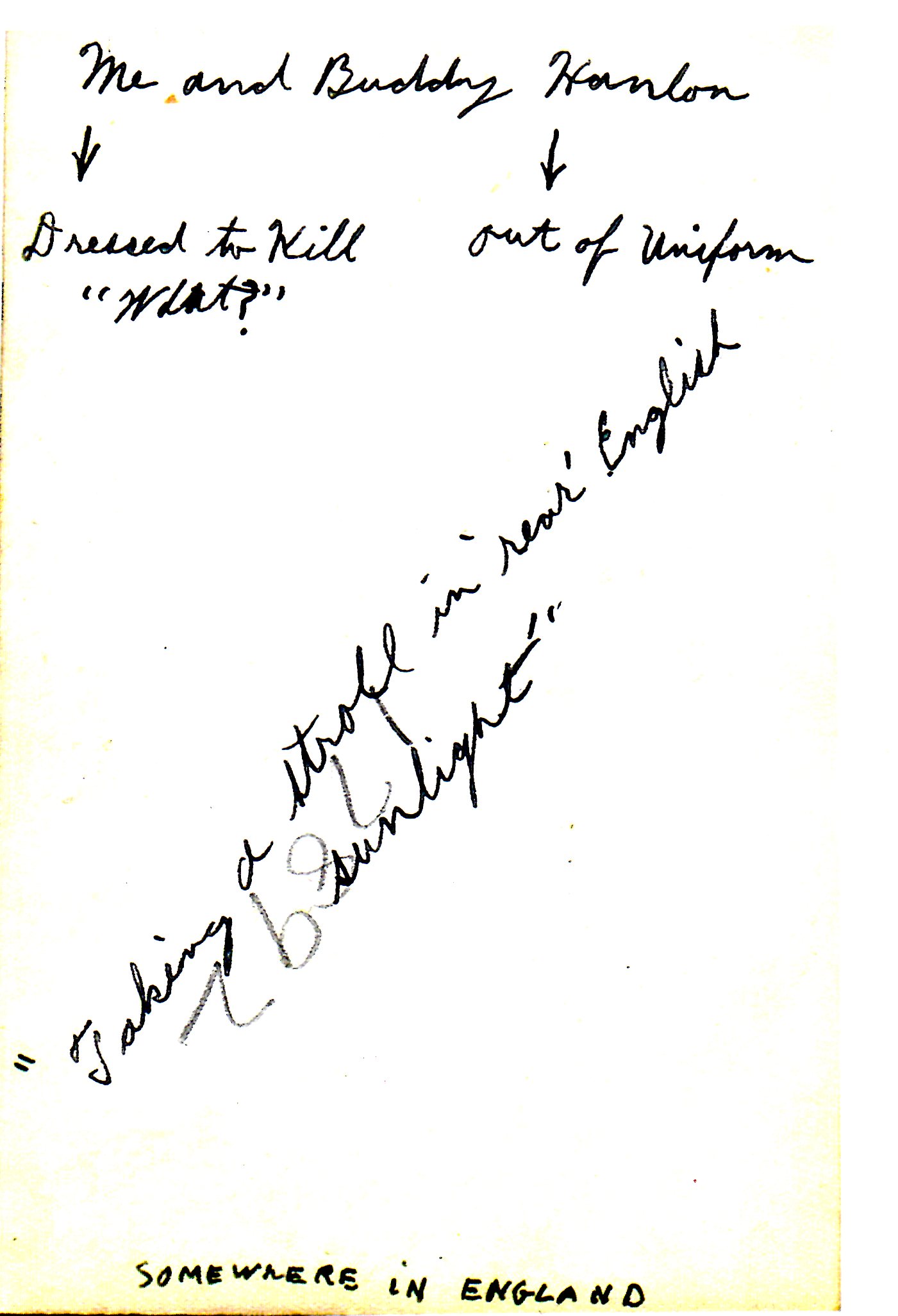
(Edit: Joseph Fumagalli was Killed in Action, read more here)
During the period 7 to 27 February 1944 the Bn went through a similar bridge training period at site on the southern coast near Wykes Regis. Here each company spent an average of four days constructing the floating tread way bridge under the most adverse conditions of tide, terrain, and weather. At the completion of this training everyone felt they could construct the tread way bridge under any possible conditions. The preparation of the Wykes Regis site was a very difficult task. This work was done by Capt. Rarick, Lt. Lindstrom, and the reconnaissance platoon of Hq Co. It was necessary to lease the area and the quarters from the British, to clear and existing beach defense minefield, construct a road to the building site and prepare the building site.
(Edit 1: Private Joseph F Masterson died as a non-battle on February 21, 1944) 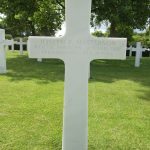
The minefield had been placed during the Battle for Britain period and consisted of sixty-three beach type-C British mines. These mines were buried and each consisted of approximately 20 lbs. of explosive and was fitted with very sensitive firing device so as to be either AP or AT mines. They had deteriorated to such an extent that similar mines in nearby field had been detonated by dogs running across the field and in some cases for no apparent reason at all. To make matters more complicated, the record of the minefield consisted only of a sketch with dimensions with no Azimuths or even a North arrow. These mines were successfully removed by locating with a mine detector, marking, and then detonating the mines in place a few at a time. Sgt. Regor and Sgt. Walker (edit3) were recommended for the award of Legion of Merit for this operation.
(Edit 2: Sergeant Gordon F Walker who was recommended for the award of Legion of Merit was killed in action by an enemy ambush with machinegunfire)
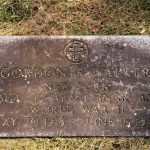
The construction of a road to the bridge site presented a real problem due to the marshy condition of the soil and the almost continual rain. It was necessary to construct a new road of approximately one half mile in length. When the construction started the ground was fairly dry and a six inch layer of gravel was tried. Before this was complete the road began giving way. A layer of large rubble was tried and this too soon san out of sight. Finally it was necessary to remove the top soil to a depth of four feet, place pierce steel plank over the entire length of road and then cover with a six inch layer of gravel.
During the period 28 February to 30 April 1944 all personnel fired their principal and secondary arms on the ranges near Tidworth and approximately twenty men from each company were instructed in a special Anti Aircraft firing course on the coast. After many long days of dry running and practice firing in the coldest of weather better than 95% of the entire personnel qualified with their individual arm over a record course. Also during this period various day and night exercises were conducted progressing from platoon to company then Battalion and larger scale problems. Major L, W. Correll assumed Command of Battalion 6 April when Lt. Col T. DeForest Rogers was transferred to 1106th Engineer Group.
(Edit 3: on 30th of March 1944 Private First Class Frederick C. Summers Jr died as a Non-battle)
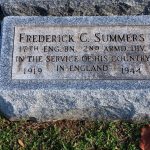
On 1 May 1944 the Battalion departed from Tidworth for temporary change of station to various marshalling areas near the southern coast of England in the vicinity of Dorchester. It returned to station at Tidworth on 6 May.
During period 7 May to 5 June 1944 the Battalion prepared for overseas movement. All vehicles were waterproofed and loaded for combat. Each line Company was equipped with a Tank Dozer and Hq Co received a D-7 Angle dozer with prime mover and 5 Crabs as special authorization.
“06-2021“
May 12, 1944 Wedding 17th Engineer officer LT Angelo Albano & LT Corable L Abshire, at Tidworth Barracks, SS Patrick and George Garrison church, England
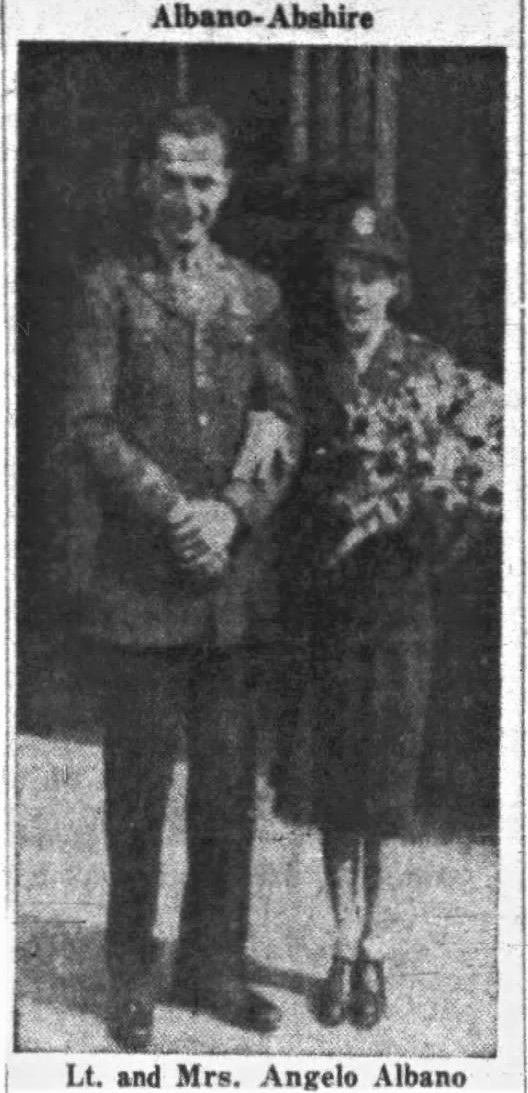

Read more about: Lieutenant Angelo A. Albano
Officer Staff 17th Engineers at Tidworth Barracks England, june, may 1944
